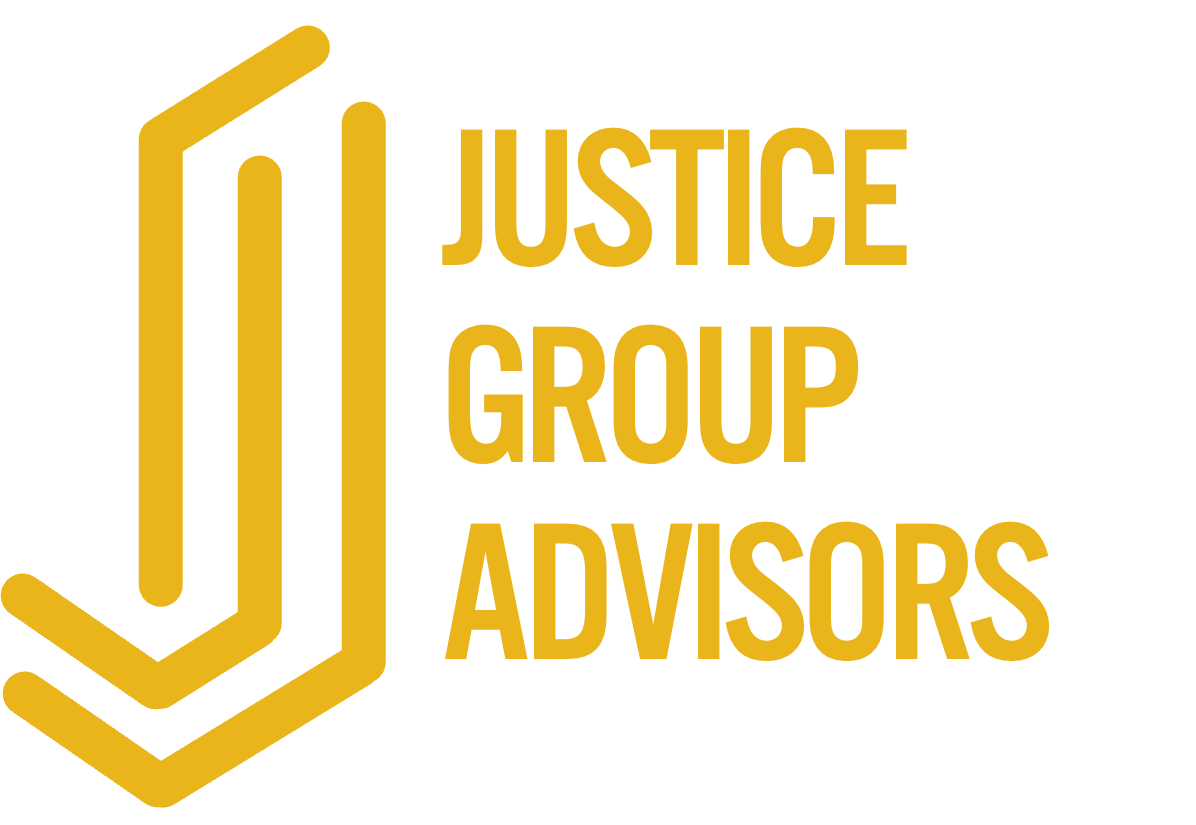How HR Leaders Can Help Teams Move Faster—The Hidden Block Behind Slow Decisions
If you’ve ever watched a decision stall across multiple meetings, you know the signs:
People nod in agreement but still don’t move
Key decisions get revisited days or weeks later
Each function believes another is holding things up
It doesn’t always look like disagreement.
More often, it looks like indecision.
And for HR and People leaders trying to help the organization move faster, it can be hard to know what levers to pull.
What’s Actually Happening? Misaligned Confidence Thresholds
Most teams assume the problem is misalignment on strategy.
But what’s often missing is something more basic:
They haven’t agreed on how confident they need to be to decide.
That’s what I call the Confidence Threshold — a shared (and often unspoken) bar for how much certainty is “enough” to move forward.
One leader may be comfortable moving at 70% certainty.
Another may want near-total confidence.
Another may be solving for perception rather than evidence.
And if no one names that difference, decisions don’t just slow down—they stall out completely.
How to Help Teams Align on a Confidence Threshold
This is where HR can play a subtle but powerful role.
You don’t need to facilitate the decision itself. But you can help:
Ask leaders what confidence threshold they’re using
Encourage the team to define what “ready” looks like before the pressure peaks
Offer language that raises the issue directly, without creating defensiveness:
“It sounds like we haven’t agreed on what’s ‘enough’ to move—can we make that explicit before we keep going?”
It’s easy to overcomplicate this. One well-placed question can shift the conversation—and clear the way forward.
Helping Leaders Hold the Threshold
Even when the threshold is named, holding it is a different challenge.
This is where your role deepens.
Because most leaders need help with:
Navigating disagreements about what “enough” looks like
Translating risk across different functions and perspectives
Recognizing when urgency is distorting judgment
And in many cases, leaders need support to:
See that their own threshold isn’t universal
Flex without folding
Stay anchored in what matters—not just what’s loudest
Helping leaders hold the line—without escalating or retreating—is subtle, steady work. And it often starts with helping them see what’s actually getting in the way.
Supporting Leaders Who Want to Move Faster—And Smarter
If your organization is struggling with slow or circular decision-making, try surfacing the Confidence Threshold.
It’s a deceptively simple move that creates just enough structure to get decisions unstuck.
And when that moment comes—when the threshold is named but hard to hold—step into coaching mode.
Not to fix it. But to help the leader lead through it.
Because most of the time, it’s not about the facts.
It’s about how much weight those facts need to carry.
And helping leaders name—and share—that standard is a capability worth developing.
Want to Go Deeper?
If you’re working to sharpen strategic decision-making across your org, these tools and insights will help:
How HR Leaders Can Lead High-Stakes Decisions with Confidence
A quick-start guide to using the Decision Matrix with your executive team. Simple, scalable, and built for impact.The Leader’s Guide to Smarter Decisions
A free toolkit designed to help your leaders cut through noise and act with conviction. Includes the calculator and tips to use it well.Decision Matrix Calculator: Make Smarter Decisions with Confidence
A step-by-step walkthrough of the full framework—great for teams, training, or just getting out of a decision spiral.How Biotech Leaders Can Make High-Stakes Decisions with Confidence
A tailored version of the framework, written for leaders navigating uncertainty in science-driven orgs.The Confidence Threshold: A Better Way to Decide Under Pressure
Designed for HR and executive leaders, this piece shows how to name the decision standard that keeps teams aligned—and moving forward.The Confidence Threshold: Why Smart Biotech Teams Hesitate—and How to Fix It (coming July 25)
When high-performing teams stall, it's often a signal they haven’t defined “enough.” This article unpacks how the Confidence Threshold helps get decisions unstuck.

